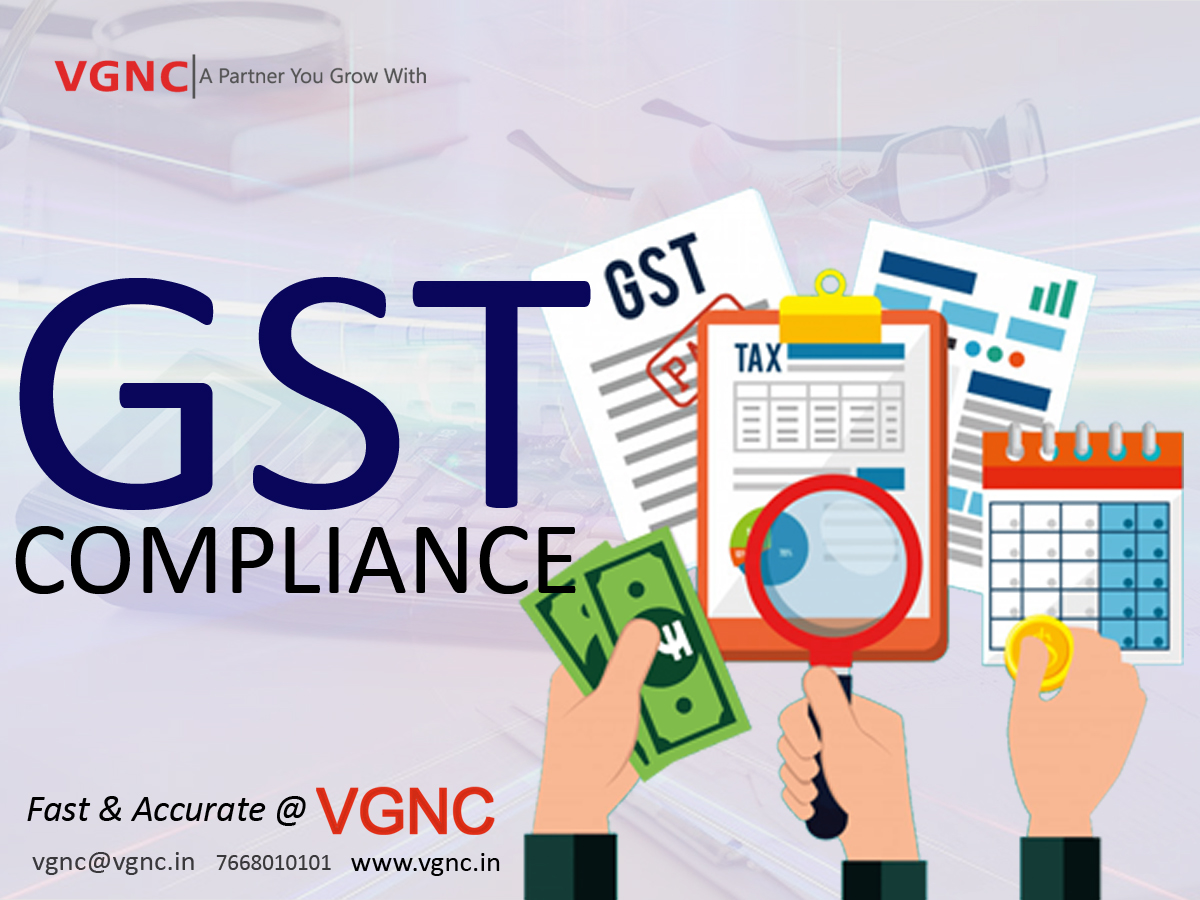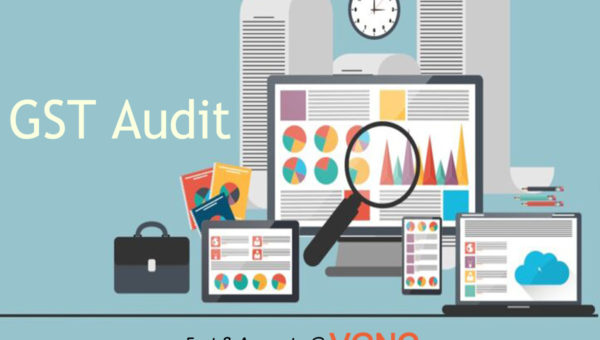What is GST
GST is one indirect tax for the whole nation, which will make India one unified common market.
GST is a single tax on the supply of goods and services, right from the manufacturer to the consumer. Credits of input taxes paid at each stage will be available in the subsequent stage of value addition, which makes GST essentially a tax only on value addition at each stage. The final consumer will thus bear only the GST charged by the last dealer in the supply chain, with set-off benefits at all the previous stages.

Benefits of GST
The benefits of GST can be summarized as under:
- For business and industry
Easy compliance: A robust and comprehensive IT system would be the foundation of the GST regime in India. Therefore, all tax payer services such as registrations, returns, payments, etc. would be available to the taxpayers online, which would make compliance easy and transparent.
Uniformity of tax rates and structures: GST will ensure that indirect tax rates and structures are common across the country, thereby increasing certainty and ease of doing business. In other words, GST would make doing business in the country tax neutral, irrespective of the choice of place of doing business.
Removal of cascading: A system of seamless tax-credits throughout the value-chain, and across boundaries of States, would ensure that there is minimal cascading of taxes. This would reduce hidden costs of doing business.
Improved competitiveness: Reduction in transaction costs of doing business would eventually lead to an improved competitiveness for the trade and industry.
Gain to manufacturers and exporters: The subsuming of major Central and State taxes in GST, complete and comprehensive set-off of input goods and services and phasing out of Central Sales Tax (CST) would reduce the cost of locally manufactured goods and services. This will increase the competitiveness of Indian goods and services in the international market and give boost to Indian exports. The uniformity in tax rates and procedures across the country will also go a long way in reducing the compliance cost.
- For Central and State Governments
Simple and easy to administer: Multiple indirect taxes at the Central and State levels are being replaced by GST. Backed with a robust end-to-end IT system, GST would be simpler and easier to administer than all other indirect taxes of the Centre and State levied so far.
Better controls on leakage: GST will result in better tax compliance due to a robust IT infrastructure. Due to the seamless transfer of input tax credit from one stage to another in the chain of value addition, there is an in-built mechanism in the design of GST that would incentivize tax compliance by traders.
Higher revenue efficiency: GST is expected to decrease the cost of collection of tax revenues of the Government, and will therefore, lead to higher revenue efficiency.
- For the consumer
Single and transparent tax proportionate to the value of goods and services: Due to multiple indirect taxes being levied by the Centre and State, with incomplete or no input tax credits available at progressive stages of value addition, the cost of most goods and services in the country today are laden with many hidden taxes. Under GST, there would be only one tax from the manufacturer to the consumer, leading to transparency of taxes paid to the final consumer.
Relief in overall tax burden: Because of efficiency gains and prevention of leakages, the overall tax burden on most commodities will come down, which will benefit consumers.
What is GSTR 9
GSTR 9 is mandatory annual return to be filed by every taxpayer registered as normal taxpayer during the financial year. It consists of details regarding the outward and inward supplies made/received during the relevant previous year under different tax heads i.e. CGST, SGST & IGST and HSN codes.
Form GSTR-9 is required to be filed at the GSTIN level. If a taxpayer has obtained multiple GST registrations, under the same PAN, whether in the same state or different states, he/she is required to file annual return for each registration separately.
All registered taxable persons under GST must file GSTR-9. However, the following persons are not required to file GSTR-9:
- Taxpayers opting Composition Scheme (They are required to file GSTR-9A)
- Casual Taxable Person
- Input Service Distributors
- Non-resident taxable persons
- Persons paying TDS u/s 51 of the CGST Act
- Persons collecting TCS u/s 52 of the CGST Act (They are required to file GSTR-9B)
Note: Filing of GSTR-9 has been made optional for those with turnover of less than Rs 2 crores, while GSTR-9A, applicable to composition taxpayers, has been done away with. Both these changes are applicable for FY 2017-18, FY 2018-19 by GST Council 37th meeting.




